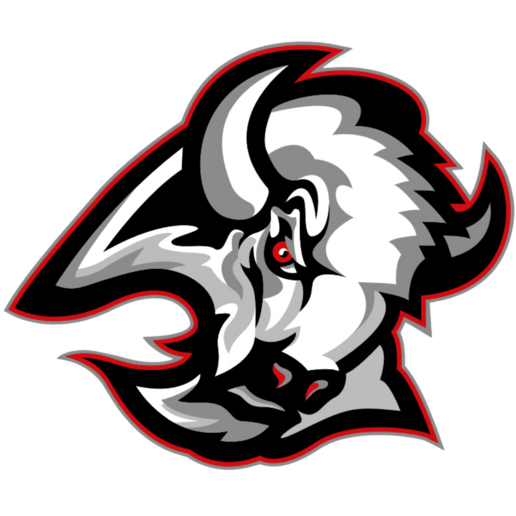Skip to content
Show submenu for District
District
MPS Professional Learning Community Resources
Show submenu for Staff
Show submenu for Parents
Parents
Student Assurance Services, Inc.
Show submenu for Students
Show submenu for Technology
Technology
Contact Us
Rooms Support
Show submenu for
